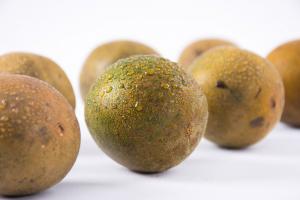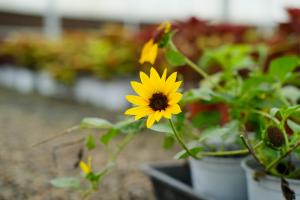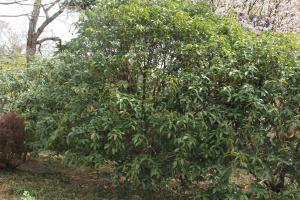1、 Curing method
1. Temperature: according to different varieties, the requirements for temperature will also be different. However, hydroponic flowers are generally placed indoors, and the temperature will generally be more appropriate. Generally, there is no special adjustment, and it is OK between 15 and 30 degrees. Indoors, there will be no time when it is too hot or too cold
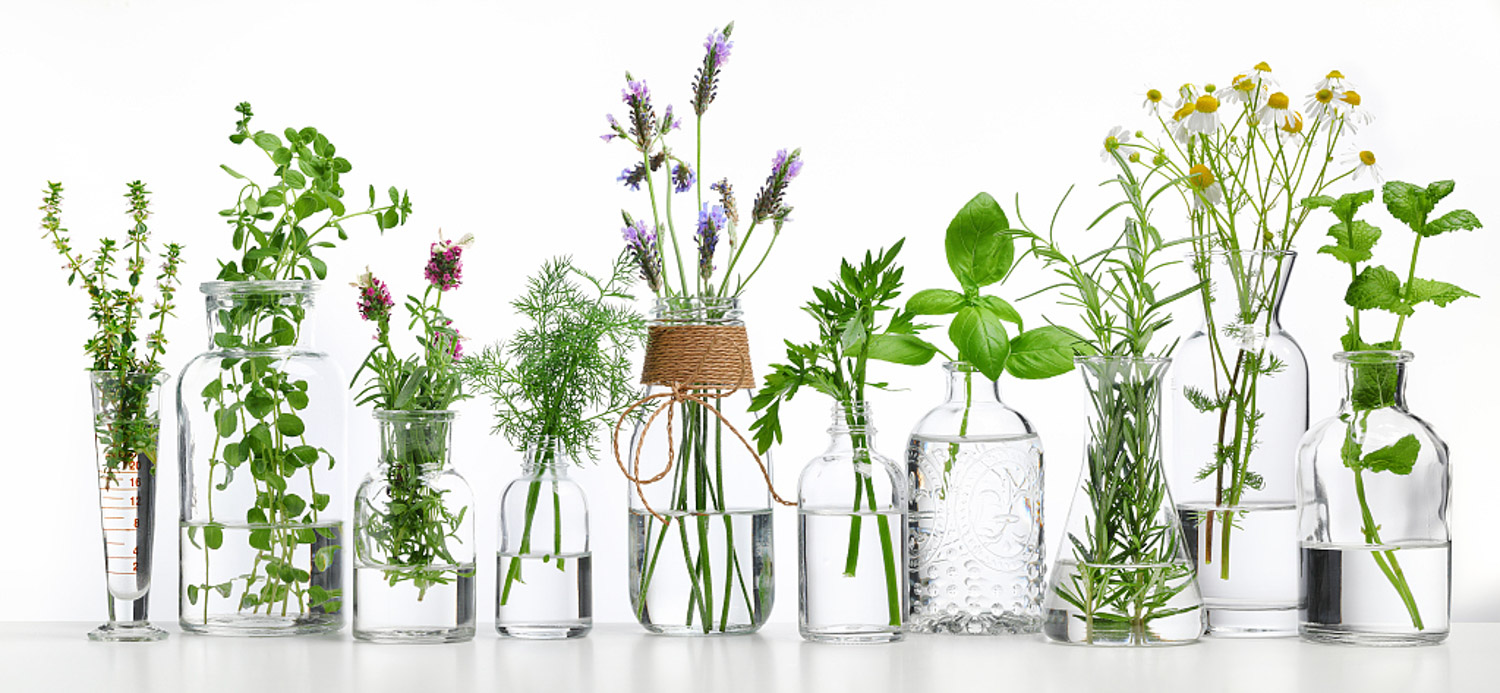
2. Light: hydroponic flowers generally have certain requirements for sunshine and cannot be placed in too dark places. Considering that they need a certain amount of sunshine to bloom, and the indoor sunshine intensity will not be too high, it is OK to put them by the window or balcony
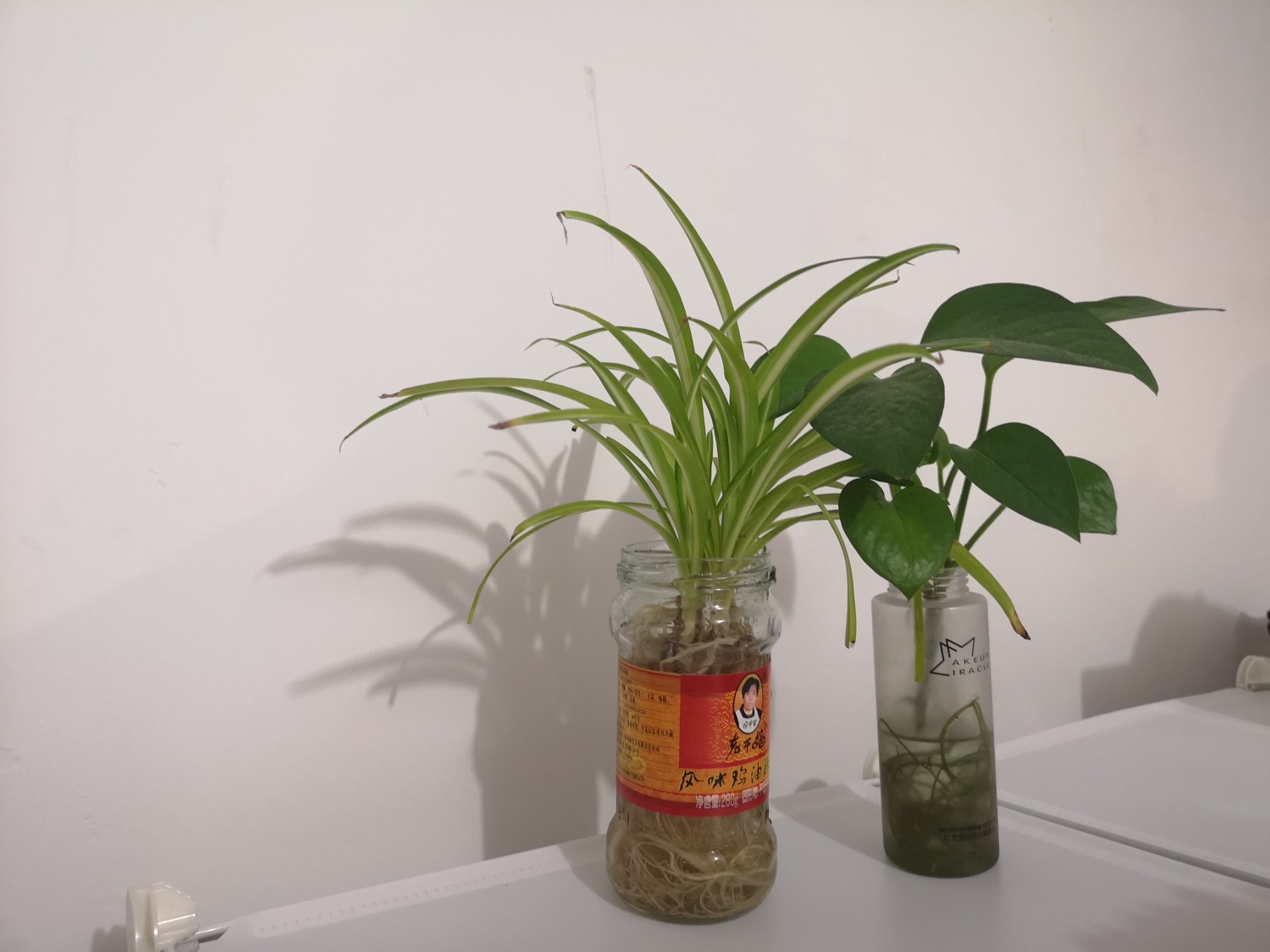
3. Changing water: for hydroponic flower varieties, changing water is a very important step. The frequency of changing water is also different in different seasons. In summer, you usually have to change it every three to five days. In spring and autumn, it can be changed once a week. In winter, it is changed about once every half a month

4. Fertilization: hydroponic flowers also need fertilization, but solid fertilizer should not be used. Generally, all kinds of nutrient solutions are used, and all kinds of foliar fertilizer can also be used

2、 Breeding skills
1. Reproduction: different varieties have different reproduction methods. Here is an example of the method of peeling tiller buds. Suitable varieties include pineapple, Clivia and so on. This method is relatively simple and easy to survive. Select the larger tiller buds on the plant and cut them off with a sharp knife. After washing, they can be cultured in hydroponics

2. Pruning: hydroponic flowers need to be pruned more than soil flowers, but sometimes they also need to be pruned. Especially when yellow leaves appear, be sure to cut them off. Moreover, the dried flowers have to be cut off. In addition, its roots have to be repaired. Some rotten roots will be cut off in time

3、 Problem diagnosis and treatment
1. Diseases: relatively speaking, there are not too many diseases of hydroponic flowers, which can be mainly prevented, and some fungicides can be sprayed regularly

2. Pests: relatively speaking, there are not many pests, because there is no soil for them to shelter. Like diseases, prevention is also the main way

4、 Other issues
1. Toxicity: it depends on the specific varieties. Some flowers are toxic, while others are non-toxic

2. Whether it can be raised at home: hydroponic flowers are generally highly ornamental and suitable for home


 how many times do yo...
how many times do yo... how many planted tre...
how many planted tre... how many pine trees ...
how many pine trees ... how many pecan trees...
how many pecan trees... how many plants comp...
how many plants comp... how many plants can ...
how many plants can ... how many plants and ...
how many plants and ... how many pepper plan...
how many pepper plan...

